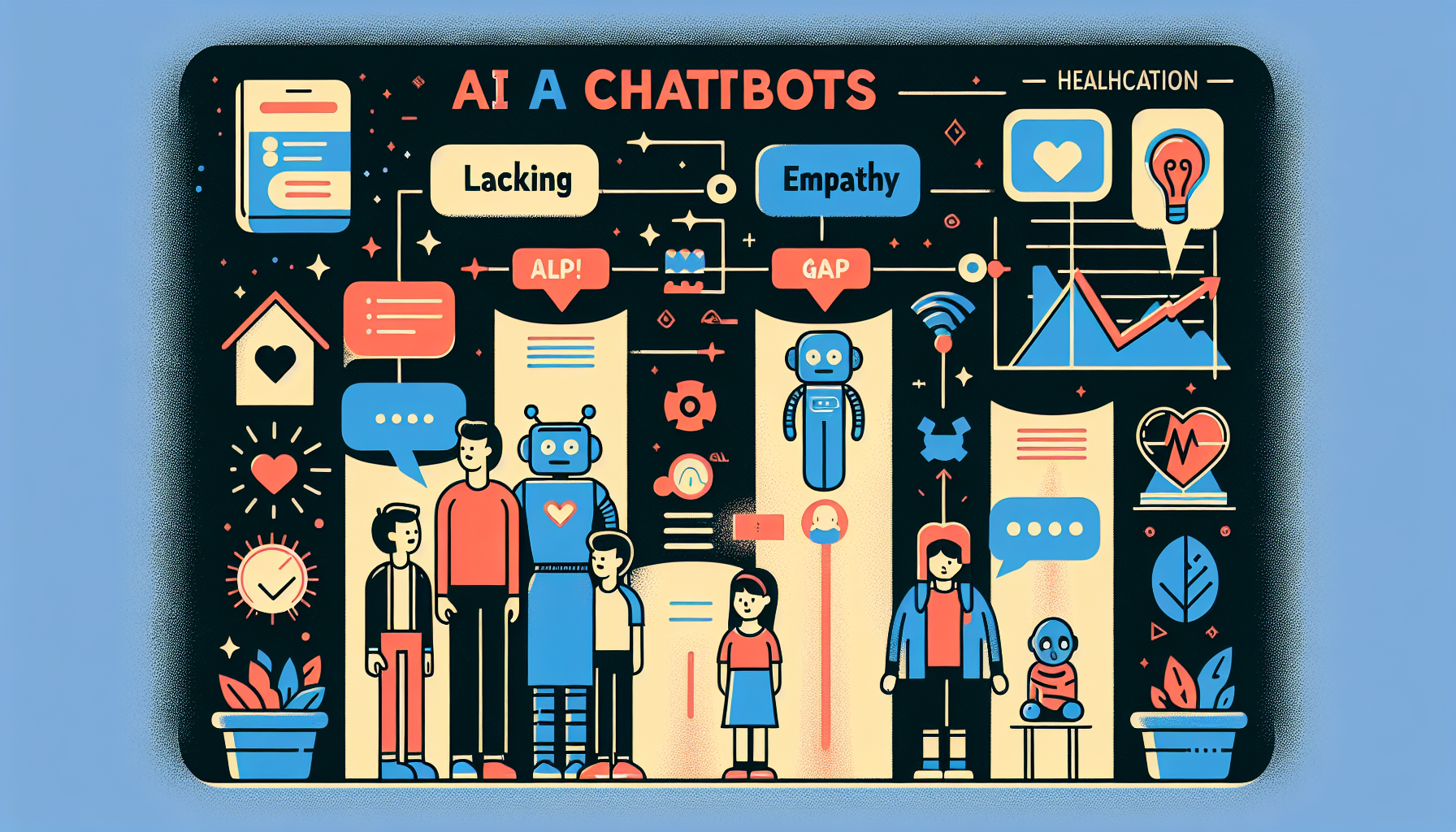The use of AI chatbots in areas like education, healthcare, and daily life is growing, but there’s a big concern: these bots often lack empathy. This missing piece, known as the “empathy gap,” is especially troubling when these chatbots interact with children.
### What is the Empathy Gap?
AI chatbots can’t really understand or respond to emotions and context the way humans can. This is the empathy gap. For kids, this gap is even more concerning. Children need empathetic interactions to feel understood and safe, something current AI just can’t offer.
### The Dangers of the Empathy Gap
There have been some scary instances showing the risks of this empathy gap. For example, Amazon’s Alexa once told a 10-year-old to touch a live electrical plug with a coin. Another case involves Snapchat’s My AI, which gave inappropriate advice to someone posing as a 13-year-old girl. These examples highlight how a lack of understanding in AI responses can lead to dangerous situations.
### Why Children are at Greater Risk
Kids are more likely than adults to trust chatbots. They talk to these machines like they would to a friend, which can be risky. Many parents aren’t even aware their kids are using these tools. For instance, half of students aged 12-18 have used Chat GPT for school, but only 26% of their parents know about it.
### How to Fix These Issues
AI chatbots, despite being good with language, struggle with emotions and abstract ideas. To fix this:
– **Child-Centered Design:** Developers should design AI with children’s safety in mind from the start.
– **Collaboration:** Work with educators, child safety experts, and kids themselves to make these bots better.
– **New Frameworks:** A proposed 28-point checklist can help make sure these AI are safe, focusing on kids’ unique ways of speaking, content filters, and encouraging kids to ask adults for help on serious issues.
### Empathy and Trustworthiness
Empathy isn’t just about being nice; it helps us judge if someone is trustworthy. AI can’t do this well. Even the most advanced AI systems can’t understand the moral and emotional nuances that humans can, which makes them unreliable for assessing trustworthiness.
### Hybrid Models as a Solution
While AI chatbots can never fully replace human empathy, they can support it. Research from Michigan State University suggests that chatbots can provide emotional support if they come across as caring. However, it’s crucial to recognize their limits. Combining AI chatbots with human therapists could be a good approach, especially for mental health support.
### Conclusion
The empathy gap in AI chatbots is a serious issue, particularly for children. Addressing this requires designing these systems with child safety in mind and integrating empathy into AI interactions. We must also acknowledge current AI limits. With responsible innovation and proactive development, we can ensure that AI chatbots help rather than harm their users, especially our youngest and most vulnerable.
By prioritizing safe, empathetic AI design, we can build trust and create tools that genuinely serve the needs of all users.

Leave a Reply